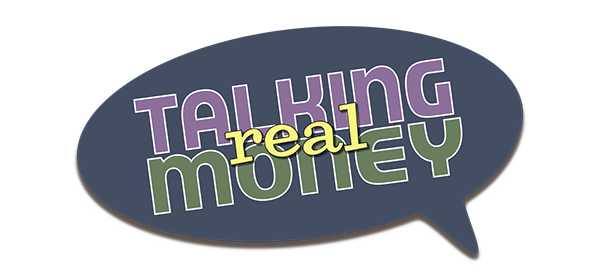Alternative Traps
I am old enough to remember plenty of alternatives. However, no one really wants an alternative unless it is an alternative investment. For some reason, people believe investing alternatives are better than what they already have. Is the grass really greener? Probably not. But many of you want to think there’s something better out there, especially — today — when it comes to bonds.
Should you sell your bonds, or bond mutual funds, and move your “safer” money to an alternative? This is a question that has come up more frequently in the past 18 months as bond prices have, for the most part, declined.
High-quality bonds, especially those issued by the U.S. government, have been an essential part of portfolios for decades. These bonds have provided ballast while stocks have been volatile. In short, high-quality bonds have been the foundation for many retirement portfolios - earning less than stocks but retaining capital.
Many money managers and investors have been distressed about bonds in the past few years. Yields (interest payments) have been meager. Rising interest rates, as mentioned above, have pushed bond prices down. And an interest rate spike - a long shot, but possible, in growing economy - could hit hard bonds very hard.
Thankfully, Vanguard, a source I think you should trust, studied the impact a 3% percent rise in interest rates in a short period of time. Historically, this type of unexpected increase in interest rates has only happened twice in the past 90 years. Their work found that even with this dramatic increase in rates – and the corresponding decline in bond prices — investors would break even within 3 years.
Still, I hear much discussion about shifting bond portfolios to money market accounts, certificate of deposits, and even equity indexed annuities (EIAs). In some ways I can understand the desire to use money markets and CDs, if one is certain rates will rise quickly, then avoiding pain while still making some interest, these methods might be decent options (of course, no one “knows” what will happen to interest rates. But, is it a good idea to use an insurance product to replace high-quality bonds?
Those of you who have followed our work know we aren’t fans of annuities in general. Don McDonald, who edits this magazine wrote a piece on EIAs at realinvestingjournal.com. Sold as an alternative to bonds because they are guaranteed and give you part of the returns of the stock market, Equity Indexed Annuities rely on the financial health of the issuing company. Which entity do you believe is more reliable: the U.S. government or an insurance company (and many of the issuers have poor ratings)? EIA’s annuities are illiquid. You can redeem your government bond fund and get your money in a few days. EIA’s promise a percentage of the returns of the stock market, with a cap of some kind. Government bonds pay the stated yield. EIAs have substantial surrender charges (the amount you give up to get your money back). No-load government bond funds give you your money back without any surprises. EIAs are mostly sold to investors after a free dinner. Government bond funds are purchased by smart investors looking to reduce risk. Do EIAs really sound like a reasonable alternative to U.S. government bonds?
As I mentioned, I am old enough to remember lots of “alternatives.” For example, a very well known adviser who over-sold Non-traded Real Estate Investment Trusts as “bonds on steroids.” A thoughtful research director who pushed hard to add technology stocks in early 2000 as an alternative to a stodgy global equity portfolio. And a widely respected author who urged investors to move part of their portfolios to commodities a decade ago. None of these alternatives performed in any manner that had been expected. And several resulted in substantial losses.
Alternative music. Alternative press. Alternative wardrobe. I can live with those alternatives. But I would suggest avoiding alternative investments.
